Five years ago menstrual cups were still a niche product. In the meantime, the clever invention has developed into a popular alternative to conventional tampons and sanitary towels. Because menstrual cups are cheaper and more environmentally friendly than the conventional products from the feminine hygiene shelf. Here you can find out how a menstrual cup works, what advantages and disadvantages the "cup" has, as well as tips for inserting, removing it and for cleaning it.
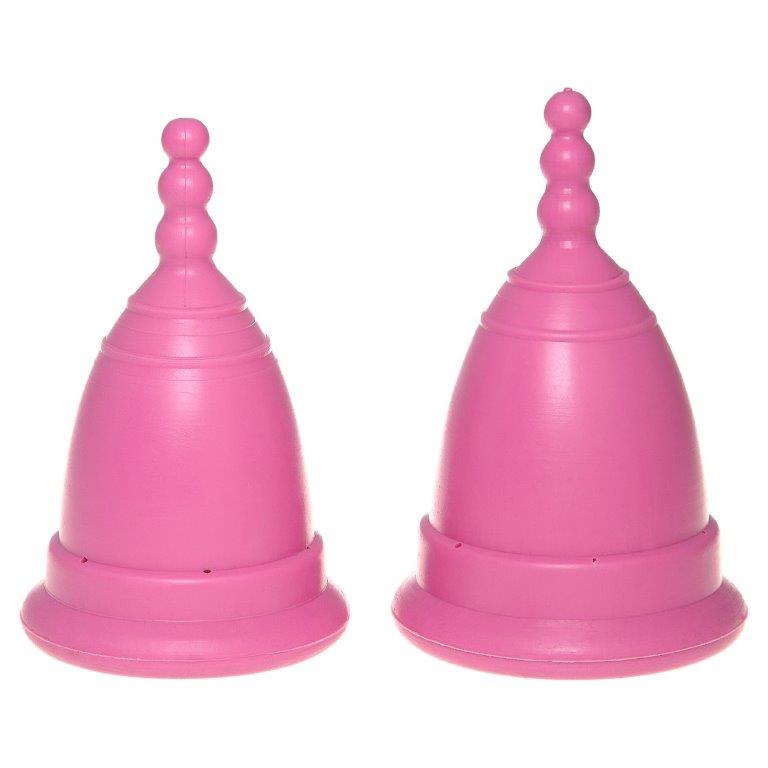

Menstrual cups (also moon cups, period cups, cycle cups or simply "cups") are part of the range of feminine hygiene products. They are now on the shelves of many drugstores. Unlike most usual products in this department, menstrual cups are reusable. The bowl or funnel-shaped containers are made of medical silicone or rubber and can even last up to 10 years with good care.
In contrast to classic sanitary napkins and tampons, menstrual cups do not absorb anything, they simply catch the liquid. To do this, the menstrual cup is inserted into the vagina, where it is held in position by negative pressure and the vaginal muscles.
Menstrual cups can hold significantly more menstrual secretions than conventional tampons and sanitary towels. Depending on the size and volume, it is up to 48 ml. In addition, the long wearing time of up to 12 hours convinces many women.
While menstrual cups have only arrived in the mainstream in recent years, it is by no means a new invention. In fact, the menstrual cup is said to have existed as a prototype in the 1860s and 1870s. It got its first patents in the USA in the 1930s. In the 1980s, the first commercially successful period cup called "The Keeper" was made in the USA. The latex cup is still available today.
The triumphant success of the invention, however, was helped by the manufacture of the measuring cup from medical silicone. The first such period cup was produced in Great Britain under the name "Mooncup". In the meantime, menstrual cups are mainly made of medical silicone, as it is very well tolerated, hypoallergenic, resistant and unsuitable for colonization by bacteria.
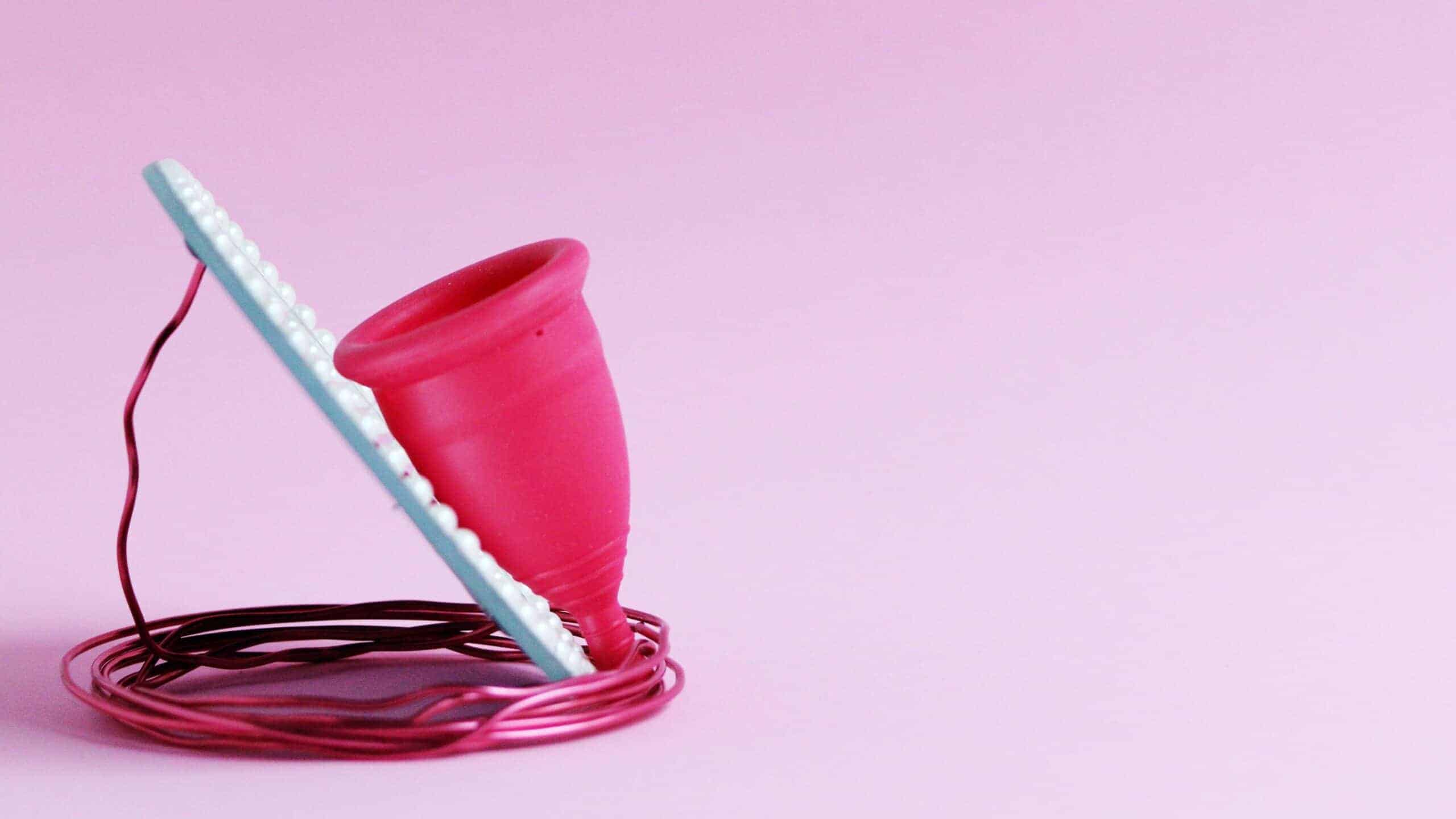
Many women choose the menstrual cup because it has the following advantages:
Menstrual cups are an inexpensive and environmentally friendly option, but they can have some disadvantages.
No, every vagina is individual. That's why there is no menstrual cup that fits everyone.
The cup should sit a few inches below the cervix. If it slides in too far, it could hit the cervix, which can be painful.
If the menstrual cup has slipped up so that it can no longer be reached with the fingers, the pelvic floor muscles should be activated. The pelvic floor muscles help to push the menstrual cup down until the floor is easy to grip again. By pressing the bottom together, the negative pressure is released and the period cup can be pulled out.
Yes, a cup can get stuck in the vagina. If compressing the bottom doesn't have the desired effect, pressure on the edge of the period cup can help to release the negative pressure. If it happens frequently that the menstrual cup can not be removed, it may be due to the wrong size or fit.
If the menstrual cup can not be removed by itself, it will be removed in the gynecological practice.
If the menstrual cup does not hold up and begins to leak, it may be due to an improper fit or size. Too small a volume with heavy bleeding leads to overflow.
A suboptimal position of the cup in the vagina can also be responsible. This can be fixed with a little practice.
If the menstrual cup has a smell, soaking will help remove the odour. Soaking the cup for an hour in a three percent hydrogen peroxide solution or a solution of vinegar or lemon juice can usually remove the odor well. Final drying in the sun is also helpful.
In addition, the menstrual cup should be boiled for an extra long time, 20 minutes is recommended. After this procedure, the menstrual cup will no longer smell.
Most menstrual cup users find it easy to use. However, it does take some practice at first. In addition, a suitable cup has to be found, because not every cup fits every woman.
Menstrual cups are available in different fits and different sizes. The first model doesn't always fit as it should. Sometimes it is necessary to try several menstrual cups. It can also be helpful to discuss the dimensions of your own vagina with the gynecologist.

Smaller cups are usually recommended for women under the age of 30, unless they have given birth vaginally. Larger volume models are often recommended for women who have heavy periods, are over 30 years old, or have given birth vaginally. The following factors influence which cup fits:
If the menstrual cup does not fit despite being inserted correctly, it will leak.
Before you can start inserting the menstrual cup, you need to do two things:
When you use the period cup for the first time, it can feel unfamiliar to uncomfortable. Don't worry, this will pass. It is helpful to moisten the rim of the cup or put some lubricant on it. A wet menstrual cup is much easier to insert. You should also be relaxed. Choose a quiet moment when you don't expect distractions or disturbances. A hot bath will help you relax.
If you have already inserted a tampon, inserting a menstrual cup should be relatively easy. Press the cup firmly together in the middle and lay both edges together so that the cup looks like the letter C. In addition to this C-fold, there are also other ways to fold a menstrual cup. At least initially, it is advisable to fold the cup in such a way that a thinner insertion tip is created.
Hold the folded menstrual cup with the edge up in one hand and insert it towards your back into the vaginal opening. Just like a tampon without an applicator.
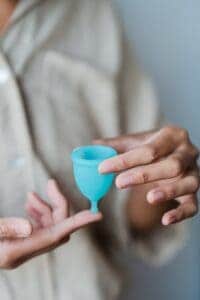
The period cup should sit a few inches below the cervix. Once this position has been reached, the cup is rotated. This movement causes the menstrual cup to pop open and, thanks to the negative pressure, creates a secure fit that prevents leakage.
If the menstrual cup sits where it should, you won't feel it. It should not slip or fall out during movements, jumping, sitting and other everyday activities.
Note where the handle is after insertion. It should be in the vagina but easy to feel. If the handle is too long and disturbs or looks out, you can shorten it with scissors or cut it off completely. There are now menstrual cups with short, curved handles.
Tip: as a beginner, it is recommended to combine the menstrual cup with cloth pads or panties until you have the perfect technique and there is no risk of leaks.
Menstrual cups can be worn for up to 12 hours, including overnight. How often the cup needs to be emptied depends on the volume of the cup and the amount of bleeding. On days with heavier bleeding, a small cup can fill up within a few hours. If it is not emptied, it will overflow.
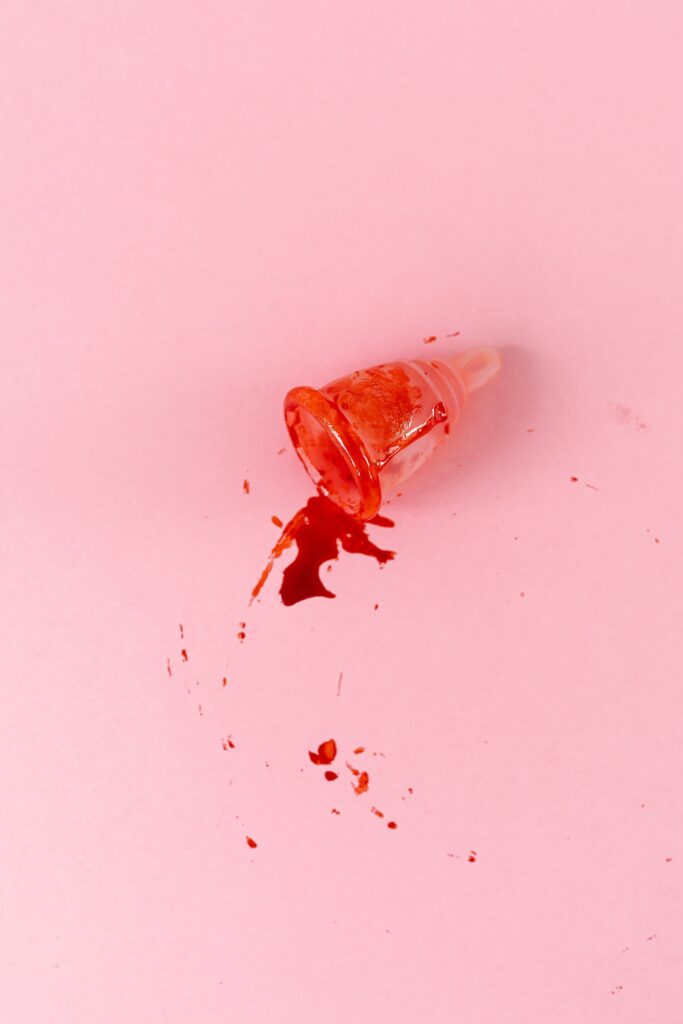
On lighter days, the menstrual cup can be worn for a maximum of 12 hours. After 12 hours, the menstrual cup must be removed and emptied. For health reasons, collected menstrual secretions should not remain in the body for longer than 12 hours. The emptied and cleaned cup can then be reinserted.
How to remove a menstrual cup:
Menstrual cups work differently than pads or tampons. They should not soak up the menstrual secretion, but catch it. Menstrual cups are available on the market in different sizes that can hold between about 15 ml and 48 ml of liquid.
The flexible, cup-shaped containers are folded up and inserted into the vagina. Thanks to a turning movement, the cup opens and negative pressure is created. The menstrual cup is held in position by the resulting negative pressure and the vaginal muscles.
Menstrual cups can be used throughout your period. So both on lighter days and on days with heavier bleeding. On days with heavier bleeding, the menstrual cup needs to be changed more frequently to prevent leakage. For health reasons, menstrual cups should never be worn for more than 12 hours.
Most menstrual cups are designed for multiple reuse and can last up to 10 years, depending on the material and care. This fact has made the menstrual cup successful around the world for the past decade.
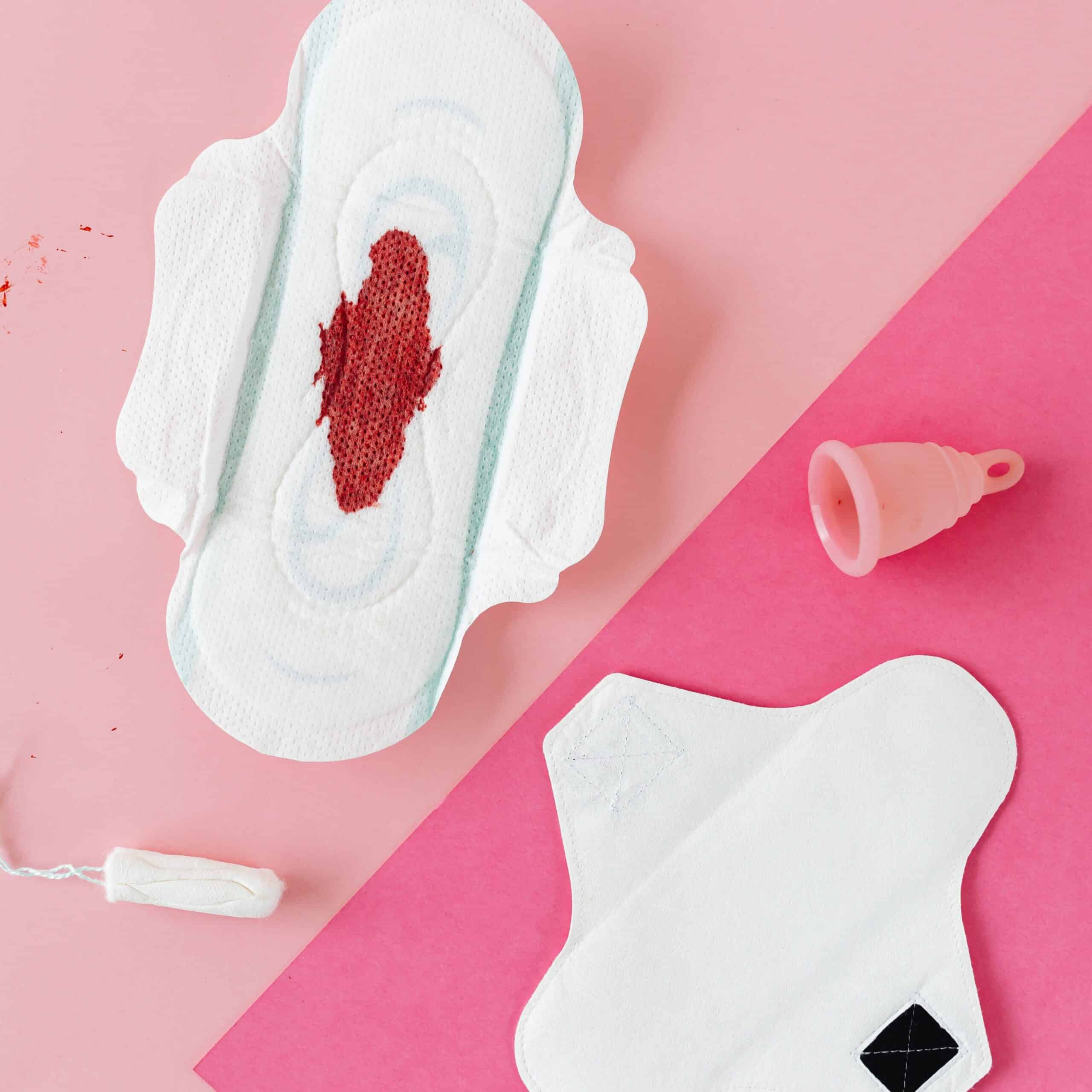
When it comes to hygiene, many people think directly of using the menstrual cup on the go. For example at work or in a public toilet. In such situations, the sink is often in the anteroom. Sometimes other people are already queuing up, so leaving the cabin for a short time would be extremely impractical and uncomfortable.
Fortunately, there are alternatives for cleaning the menstrual cup in between. With all variants, rinsing in the sink is not necessary. The first alternative is to wipe the menstrual cup after emptying it with toilet paper. Once wiped out, the menstrual cup can be reinserted.
The second option is to use special cleaning wipes for menstrual cups. The damp cloths clean or disinfect the cup. The cleaning wipes are made on an alcohol or water basis and are often individually wrapped. Regular wet wipes, on the other hand, should not be used.
The third option is a replacement cup. The used menstrual cup is removed, emptied and stowed in the handbag while the fresh menstrual cup is inserted. Nobody has to worry about hygiene.
Another way to clean the used menstrual cup is to carry water in a water bottle. The men’s cup can then be rinsed over the toilet.
At the same time, it should be noted that, for reasons of hygiene, it is not necessary to empty the menstrual cup frequently. It can be worn for up to twelve hours. For stronger days there are cups with a larger volume. Therefore, emptying the menstrual cup at work or a public toilet is usually avoidable.
Menstrual cups are usually reusable and can last for several years (see manufacturer's instructions).
The menstrual cup should be cleaned after each carrying and emptying. Rinsing with water or wiping with toilet paper or special cleaning cloths is sufficient for cleaning during your period.
When cleaning with water, the following tip helps to avoid discoloration of the menstrual cup: always rinse out with cold water until all menstrual secretions have been removed. As is well known, blood coagulates through warm water. More precisely, the protein hemoglobin coagulates and bonds with the material of the cup. Discoloration occurs, which is particularly visible on light-colored cups. After rinsing with cold water, rinse again with warm water. Discoloration can then no longer occur.
After your period, the menstrual cup should be sterilized so that it is ready for use again in the next cycle. Bacterial growth is not possible on the material surface. However, germs can thrive in menstrual secretions. It is extremely rare that a bacterial menstrual cup can cause atoxic shock syndrome (TSS) . So far, only one such case is known worldwide.
The simplest type of sterilization is boiling. To do this, put the cup in a saucepan filled with water. It is best to anchor the menstrual cup in a whisk. This guarantees that it remains covered by water without touching the ground, where the material could melt and adhere. Bring the water to the boil and let it boil with the menstrual cup for about five minutes. Then take out the cup, cool and let dry.

An alternative type of cleaning is steam sterilization. There are now small cleaning beakers for the microwave that sterilize the cup with steam within a few minutes. Electric steam sterilizers can also be used for cleaning.
It is also possible to clean the menstrual cup with a sterilizing solution. A three percent hydrogen peroxide solution (pharmacy) or sterilization tablets (especially for menstrual cups or for baby bottles and teats) are possible. A solution with vinegar or lemon juice is also used by some as it removes discoloration. After contact with chemicals or acids, however, it is important to rinse with water or boil so that residues do not disturb the vaginal balance.
Keep the disinfected menstrual cup safe and clean until your next period.
Tip: before sterilization, clean any holes, grooves or lettering in order to remove anything stuck. Toothpicks or a toothbrush are suitable for it. Both can be dipped in alcohol before cleaning.
Menstrual cups can be made of different materials. Medical silicone is widely used because of its high biocompatibility and resistance to bacteria. Silicone for the medical sector does not contain latex and does not cause allergies (hypoallergenic). Some cups are made of TPE (thermoplastic elastomer), latex or rubber. You can read more about them in another article Ingredients in menstrual products , including menstrual cups.
Menstrual cups offer many advantages - especially when compared to classic sanitary towels or tampons. Of course there are also other alternatives. In our overview article "Alternative monthly hygiene - what is it actually?" we have summarized them for you.
You can find many Questions & Answers in our Frequently Asked Questions (FAQ).
Unsure about the right size? See our size chart!
Click one of the items below to get started.